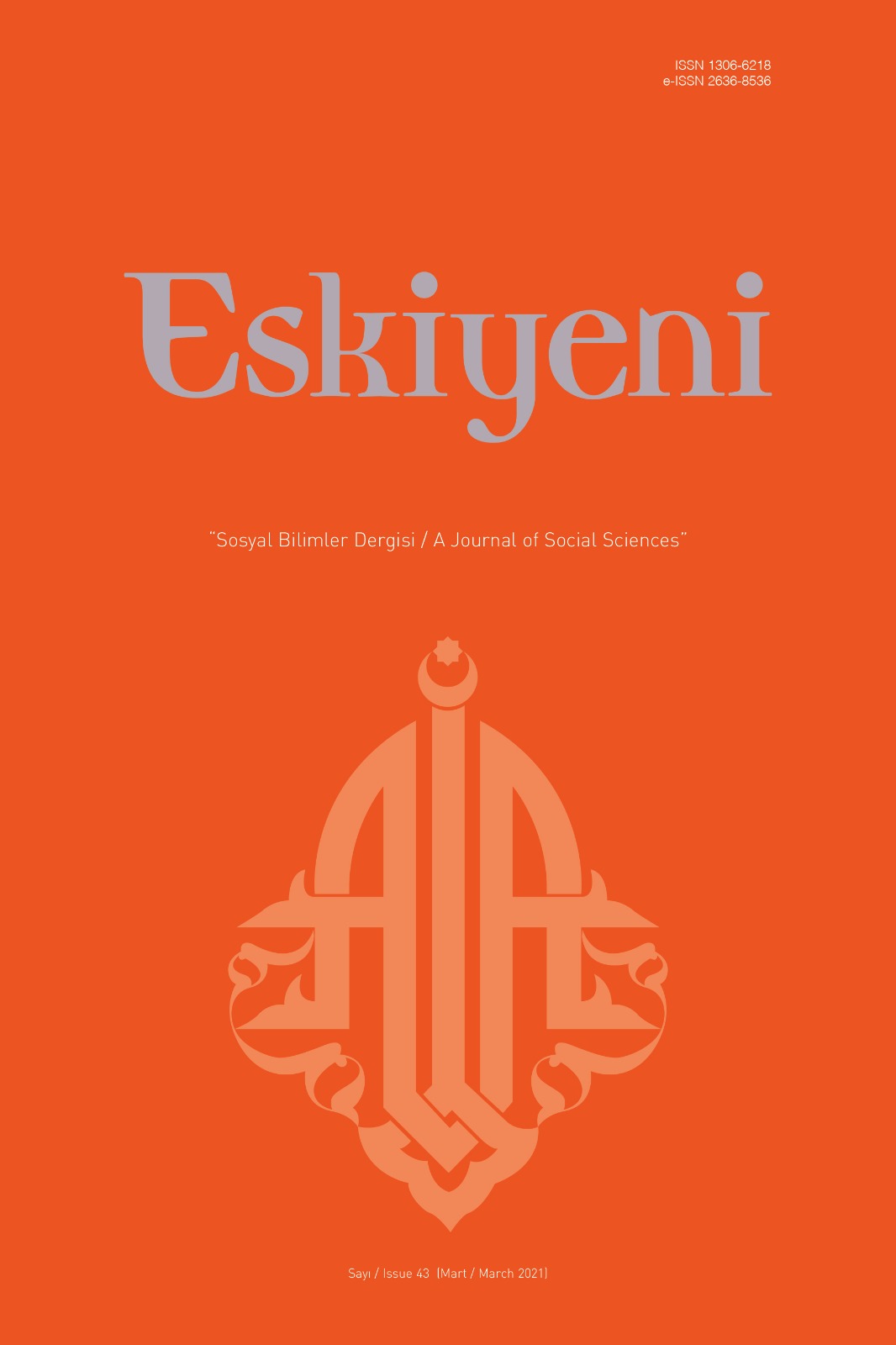Erkânname Geleneğinde Siyer ve Tarih Referansları: Arnavutluk Arşivinde Bir Yazma Örneği
In the Tradition of Erkānnama Sirah and Historical References:
A Writing Sample in the Albanian Archive
Author(s): Mehmet ÇakırtaşSubject(s): Theology and Religion, Islam studies
Published by: Anadolu İlahiyat Akademisi
Keywords: Islamic History; Sirah; Albania; Bektāshīsm; Erkānnama;
Summary/Abstract: Erkānnamas are texts that reveal the belief and worship system of Bektāshīsm. They are works written after the death of Haji Bektaş Veli and consist of poetic and prose texts that reflect his doctrine. In order to comprehend the belief and worship forms of the Bektāshī doctrine, it is very important to examine all aspects of the Erkānnamas. In the understanding of the Bektāshī tradition, the Erkānnamas have a special place. The names of people who have positive or negative places in the history of Islam, especially in the Bektāshī thought, are also included in the prescriptions. Thus, a history lesson is given, on the other hand, it is grounded with references to the sources of the doctrine. In this article, it has been tried to find clues about the historical consciousness of Bektāshīsm by examining the references to sirah and history in a Bektāshī Erkānnama in the Albanian State Manuscripts Archive. In the research, content information about the aforementioned writing was given and then the way of handling the personalities and historical personalities who took place in sirah was examined. The sirah lesson is also given by referring to the basic personalities of Islam in the Erkānnamas. Almost all the Erkānnamas contain Muhammad, Ali, Khadīja and Fāṭima, which are the subjects of sirah. Muhammed and Ali, who are the most important personalities of Bektāshīsm, are mostly mentioned together. Since he is one of the names at the center of the Bektāshī doctrine, Ali's name is mostly mentioned in the Erkānnama. In the Erkānnama, which is our subject, the members of Ahl al-bayt are also mentioned as the subject of siyrah and history. When Ahl al-bayt is mentioned, Muhammad’s family and especially his wives are meant. An example of starting history with reference to the beginning of humanity as a method of general history books is seen in the Erkānnama. After giving Adam, Eve, Moses, Ibrāhīm and Prophet Muhammad in an unsystematic method, references are made to the Umayyads, Abbasids and the elders of the sect at the establishment stage, and people from the author’s own period. Husayn and the Karbalāʾ incident are frequently mentioned in the Erkānnamas and in this way an awareness of history is built. His abominable murder and the troubles of the Ahl al-Bayt in the person of Hüseyin are constantly on the agenda. Although Ali is the reference point and real personality of the Bektāshī doctrine, Huseyin’s martyrdom in Karbala has been accepted as a source that gives life to the doctrine and has been constantly tried to be kept alive. The “twelve imams”, who express the leaders of the Bektāshī tradition, constitute some of the historical figures included in the Erkānnama. Another group that can be evaluated in the context of historical figures included in the Erkānnama is the people who are referred to as “Fourteen innocent” and martyred in childhood. The Umayyad Period is a period in which strict policies towards Ali supporters were followed. During this period, there were negative elements in the Bektāshī consciousness of history. Concerning the Umayyads, Muʿāwiya b. Abī Sufyān, his son Yazīd b. Muʿāwiya and Marwān al-Ḥakam were included in the Erkanname. Muʿāwiya fought with Ali and was indirectly responsible for his martyrdom. Yazīd was held directly responsible for the martyrdom of Husayn. Mervan eliminated Ali’s supporters in the process of seizing power.In the Erkānnama, besides historical personalities, sect elders and some geographical places are also mentioned. Aḥmad Yasavī and Haji Bektaş Veli took special places in the Erkanama, which is our subject of study. In addition, cities such as Karbala, Medina, Najaf and Shiraz are often mentioned in the context of the place where twelve imams and fourteen innocent were buried. The name Karbala has taken its place in the Erkânname both as a place and an event.As a result of the research, it was seen that in the Bektāshī Erkānnamas, it was seen that the material of sirah and history was sometimes mentioned with references to events and sometimes people, and a historical perspective was gained. It was understood that this historical consciousness nourished the understanding of tevella and teberra and carried it to the present.
Journal: Eskiyeni
- Issue Year: 2021
- Issue No: 43
- Page Range: 315-336
- Page Count: 22
- Language: Turkish

